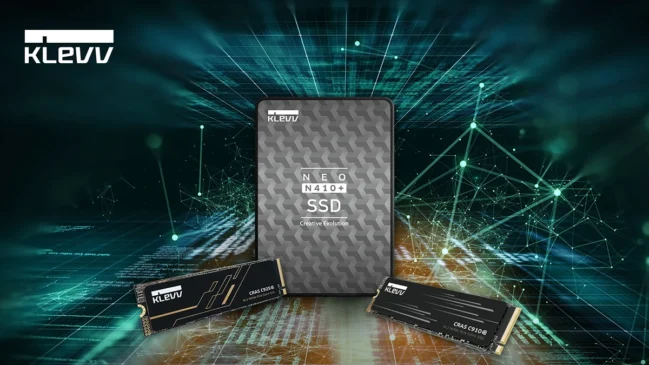
The AMD R9 Nano, is a 6 inch long HBM based card , and is a part of the Fury Lineup from AMD . It is said to pack 2x the performance per watt and 2x the performance density of AMD’s previous flagship card(the Hawaii XT based 290x), and has a 175 watt TDP .

In other words , its a beast of a graphics card
We will be referring to Teraflops here when describing the computer power and how this card performs .Keep in mind that this does not translate into gaming performance, but should give us a good idea on how it should perform , theoretically .
How do we know the performance?
See we use the word “indirectly” here because AMD hadn’t given us a peak FP32 number in LA and when directly asked, we were told to wait and see. However AMD did give us just enough data points to find out exactly what that number is on our own , using simple math. By actually, just by knowing the card’s TDP and its performance per watt in relation to the R9 290X, we can directly find out exactly how powerful the R9 Nano is.

We know AMD’s defining performance per watt as the peak FP32 TFLOPS divided by the “typical board power”, which for the Nano we know is 175W. We also happen to know the peak FP32 performance of the R9 290X and its TDP.
Since we know that performance per watt is FP32/TDP, we can go ahead and extrapolate the power efficiency of the R9 290X.
R9 290X’s peak FP32 = 5.6 TFLOPs, in other words, 5600 GFLOPs, and its TDP is 250W.
Perf/W = 5600 GFLOPs/250W = 22.4 GFLOPs/W
We also know that the R9 Nano has 2X the perf/watt of the R9 290X.
Which means it’s 2X (5.6TFLOP/250W)
= 2X 22.4 GFLOPs/W
= 44.8 GFLOPs/W.
Thus the perf/watt rating of the R9 Nano is 44.8GFLOPs/W.
Incidentally, we also have the TDP for the Nano, and that’s the last missing piece in the puzzle.
R9 Nano
Perf/watt = FP32 in GFLOPs (unknown) / TDP (175)
44.8 = FP32 (unknown) / 175
44.8 x 175 = FP32 (unknown)
44.8 x 175 = 7840 GFLOPs or 7.84 TFLOPs.
What this means that the R9 Nano could pack an insane 7.84 Teraflops in compute power. That’s more than a Titan X can give. If bitcoin mining was still financially feasible with graphics cards, this one would probably go out of stock in seconds !! It will give out nearly twice the amount of gigaflops per second than the Titan X.
Please keep in mind , these are all using basic calculations and should be taken with a HUGE grain of salt . For a definite verdict on this card’s performance , we will have to wait for it to be actually released . AMD’s power and performance claims will need testing by actual benchmarks and we do hope to provide you with a review as well once it does release , and we hopefully get a sample .
Original Story : WCCFTech








